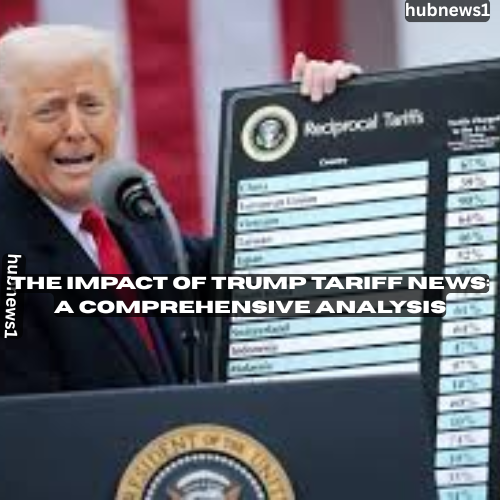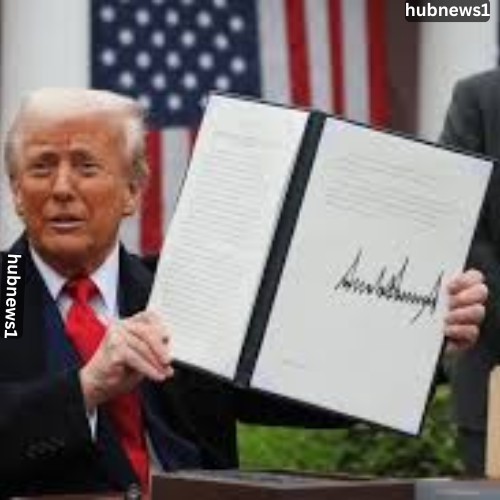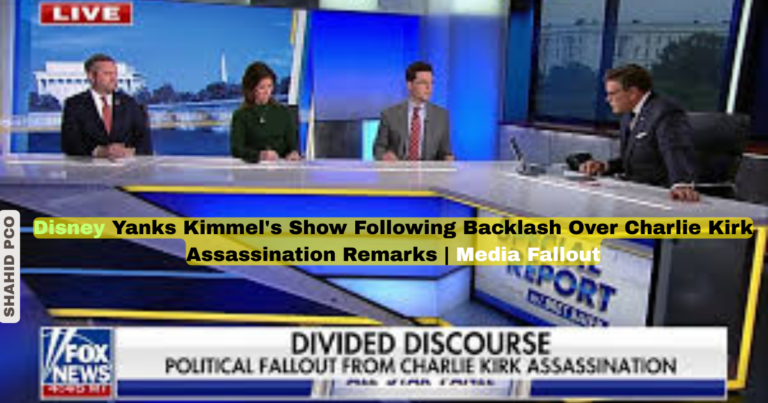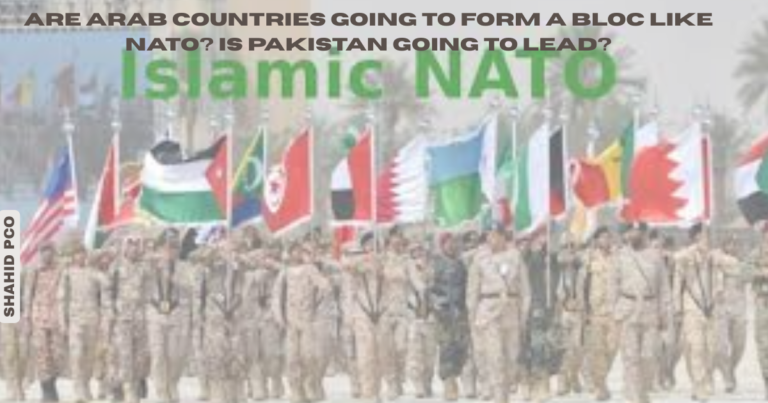
The Impact of trump tariff news: A Comprehensive Analysis
Introduction
The Impact of trump tariff news: A Comprehensive Analysis Trade policies have always been a critical component of economic strategy, and former U.S. President Donald Trump’s approach to tariffs was one of the most controversial and widely discussed aspects of his administration. Trump’s tariff policies, particularly those targeting China, the European Union, and other trading partners, sparked debates over their effectiveness in protecting American industries versus their potential to harm consumers and global trade relations. This essay examines the key aspects of Trump’s tariff news, the economic implications, global reactions, and the long-term effects of these policies.
Background of Trump’s Tariff Policies
Donald Trump campaigned on a platform of economic nationalism, promising to revive American manufacturing by imposing tariffs on foreign goods. His administration argued that unfair trade practices, particularly by China, had led to job losses and trade deficits. In 2018, the U.S. began implementing a series of tariffs under Section 232 (national security) and Section 301 (intellectual property violations) of U.S. trade laws.
Key actions included:
- Steel and Aluminum Tariffs (2018): A 25% tariff on steel and 10% on aluminum imports from multiple countries, including allies like Canada and the EU.
- China Tariffs: Multiple rounds of tariffs on $360 billion worth of Chinese goods, escalating the U.S.-China trade war.
- Retaliatory Tariffs: Trading partners like the EU and China responded with their own tariffs on American products.
Economic Implications of Trump’s Tariffs
1. Impact on U.S. Industries
Proponents argued that tariffs protected struggling industries, particularly steel and aluminum manufacturers. Some companies reported increased production and job growth in these sectors. However, industries reliant on imported materials, such as automotive and construction, faced higher costs, leading to price increases for consumers.
2. Consumer Costs
Studies from the Federal Reserve and economic think tanks found that tariffs led to higher prices for goods like electronics, appliances, and automobiles.consumers over $50 billion annually.
3. Trade Deficits
trade gap with China initially widened as businesses stockpiled goods before tariffs took effect. Over time, some trade shifted to other countries like Vietnam and Mexico rather than boosting domestic production.
4. Farmers and Agricultural Sector
The agricultural sector suffered due to retaliatory tariffs, particularly from China, which targeted soybeans, pork, and other key exports. The trump tariff news administration provided billions in subsidies to farmers to offset losses, drawing criticism for creating an unsustainable reliance on government aid.

👉👉dow futures now,Latest on Trump’s presidency as markets rebound on tariff pause👈👈
Global Reactions and Trade Wars
1. China’s Response
China retaliated with tariffs on U.S. agricultural and manufactured goods, escalating tensions into a full-blown trade war.
2. Strained Relations with Allies
The EU, Canada, and Mexico imposed retaliatory tariffs, leading to diplomatic friction. The steel and aluminum tariffs were particularly contentious, as allies argued that national security claims were unjustified.
3. WTO Challenges
Several countries filed complaints with the World Trade Organization (WTO), arguing that Trump’s tariffs violated global trade rules. The disputes further strained the multilateral trading system.
Long-Term Effects and Biden’s Continuation
While President Joe Biden criticized Trump’s trade policies during his campaign, his administration maintained many of the tariffs, particularly on China, citing ongoing concerns over unfair trade practices. However, Biden has sought a more multilateral approach, working with allies to counter China’s economic policies.
The economy will be smaller-trump tariff news
You heard that President Sechin’s trump tariff news economy is going to collapse. What’s your reaction to that? And whether China or the United States will be the first to do so. The situation is this. It’s really important. >> Understand. We’re in a situation where it’s certainly in this case
that the Chinese economy is struggling as a result of the kind of unilateral trade war by the United States of America that we’ve seen in a century. But we’re also in a situation
where the United States is the result of exactly the same symmetrical war. You’re going to pay American consumers about $4,800 more this year than last year. And it’s not just the inverter,
and it’s not just the pencil. It’s everything they buy. The economy will be down and the demand will be down, and that’s the result of these actions. This is the economy we’re in right now.
When is this trump economy going to happen? I think the good parts of the trump tariff news economy and the bad parts of the Trump economy, because he’s done a terrible job. He’s done a very bad job on everything.
Let’s see how much of a Bideneconomy there is, and how long can Trump divide the blame? PARTICULARINPUT Last week, we learned that GDP growth was low during the first quarter of this year.
But on the other hand, we had a very strong jobs print. And so what I think is that during these first few months of the Trump administration, ultimately, is that the president inherited a very strong economy.
The fact is that he still had a way to go in terms of inflation and especially the last mile. Investment in this country was strong, and the labor market in this country was strong. And those things can still be fixed.
Which is why we’re starting to see these kinds of shocks in the market, and why you’re seeing investors being nervous about investing in the United States and you’re not going to let that stop you.
It’s because of the nature of this one-sided trade war that we’ve started, and the fact that we’re talking about tariffs that are higher than they’ve been in a century. The uncertainty, we don’t know what’s going to happen in different places.
You know, a year from now, we don’t even know what’s going to happen two weeks from now. And that makes it incredibly difficult for businesses to plan.
Trump also renewed his call for the Federal Reserve to lower interest rates, and Treasury Secretary Scott has stepped up that call. Is Fed Chair Jerome Powell saying anything as a Trump administration?
Cabinet members reviewed the importance of central bank independence. It’s a pillar on which this trump tariff news economy is built. That’s why, when you hear the president start, if Jay Powell should serve the rest of his term,
your head markets really react very negatively to that kind of statement. The Fed reserves the space to be able to turn the economy around. And its dual mandate to keep jobs and keep inflation low.
Has Chair Powell already said the nature of what the Federal Reserve is likely to do in the months ahead, is it’s a wait and see and see how the economy looks. But also, he said that there’s this kind of uncertainty
that we’re living with the nature of the theatric policy, as I said, one thing one week and another thing the next week, trying to figure out what the trajectory of the economy is going to be,
ultimately, how the Fed is going to be able to turn the economy around. And I should say, the Thele Budget Lab, which I run, is a group of people who are making projections about the nature of this particular trade war and what the consequences might be.
And we predict that GDP is going to be lower, and we predict that the economy is going to be smaller. Ultimately, we expect the Federal Reserve to be in line with the reality that you are in. Negative consequences for the economy. But, Alex, to make a prediction
They’re going to do that or they’re likely to do that in this meeting, is there something that I think is a mistake to try to do at least.
Yeah, it’s a stupid thing so the president has moved the potential supply shortage and his comments away from the little doll babies. Here’s part of it. No, I’m not saying that. I’m just saying they don’t need $30.

They can get it. They don’t need 250 pencils. They can have five. Estimate how long this transition period is going to be. Do you have any idea how long
Do we start seeing empty shelves?
No. I think a couple of things to keep in mind, one is that you’re already starting to see the consequences of this trade war. We know that we’re seeing this kind of port activity. Ships are coming into the United States.
We know that many small manufacturers are telling the United States, or telling the President, that the reality is, it’s not clear if they’re going to be able to stockpile their audio equipment because of the trade war.
We know that in the United States, it’s already become difficult to get access to certain types of products that are made in China, because the Chinese are not easily shipping them out.
So we’re in a situation where we’re already starting to see the repercussions of this trade war, and they’re going to escalate over time. And you know,
I have 11-month-olds, and maybe I can find something to tell them that this Christmas, they don’t have the Theatrinka trucks because they don’t have them right now. But I think that’s a thing to do.
The question that we have to ask ourselves is, what is the end of this?
trump tariff news And the question that American consumers are asking themselves is, what is success? What are we trying to accomplish? And if there seems to be a goal that the Trump administration is working toward, it’s certainly not clear to the markets, and it’s not one that’s clear. Right, I hope the administration doesn’t.
Conclusion
trump tariff news policies were a defining feature of his economic agenda, with mixed results. While they provided short-term protection for certain industries, they also increased costs for consumers and businesses, triggered retaliatory measures, and disrupted global trade. The long-term impact remains debated, but the tariffs undoubtedly reshaped U.S. trade policy and set the stage for ongoing economic negotiations. As trade dynamics evolve, future administrations will need to balance protectionism with the benefits of global economic integration.
FAQ:
1. What were Trump’s tariffs, and which industries were affected?
During his presidency, Donald Trump imposed tariffs on various imports, particularly targeting China, but also affecting allies like the EU, Canada, and Mexico. Key tariffs included:
- Steel (25%) and Aluminum (10%) – Applied globally in 2018.
- $250+ billion in Chinese goods – Covering electronics, machinery, and consumer products.
- Section 232 & 301 tariffs – Justified on national security and unfair trade practices.
Industries most impacted: Manufacturing, agriculture, automotive, and retail.
2. How did Trump’s tariff news affect the stock market?
- Short-term volatility: Stocks in trade-sensitive sectors (e.g., industrials, tech) often dipped on tariff announcements.
- Winners & losers: Domestic steel companies (e.g., Nucor) surged, while exporters (e.g., soybean farmers) and multinationals (e.g., Apple) faced pressure.
- Market uncertainty: Trade war fears occasionally spooked broader indices (S&P 500, Dow).
3. What was the economic impact of these tariffs?
- U.S. consumers/businesses: Paid higher prices (e.g., washing machines, solar panels). The NY Fed estimated $1.4 billion/month in added costs.
- Trade deficit: Initially grew before shrinking slightly in 2019.
- Retaliation: China/EU targeted U.S. agriculture (e.g., soybeans, whiskey), hurting farmers.
4. Could Trump’s tariff policies return in 2024?
If re-elected, Trump has proposed:
- Universal 10% baseline tariff on all imports.
- Higher China tariffs (possibly 60%+, per reports).
- “Ring-fencing” key industries (e.g., EVs, pharmaceuticals).
Potential outcomes: Renewed trade tensions, supply chain disruptions, and inflationary risks.
5. How can investors prepare for new tariff announcements?
- Monitor trade-sensitive sectors (semiconductors, autos, agriculture).
- Diversify globally to mitigate single-market risks.
- Watch for retaliatory measures that could impact exports.
trump tariffs,donald trump,trump tariff news,trump tariffs news,trump,trump tariff war,president donald trump,trump administration,donald trump tariffs,tariffs,trump tariff announcement,trump tariffs explained,china tariffs,trump tariff,trump tariff plan,trump india tariff,trump tariffs india,canada tariffs,trump tariffs on china,reciprocal tariffs,trump news,auto tariffs,trump tariffs on india,tariff,donald trump tariff



